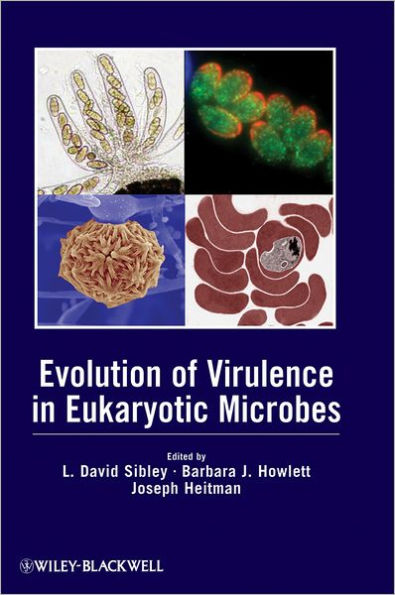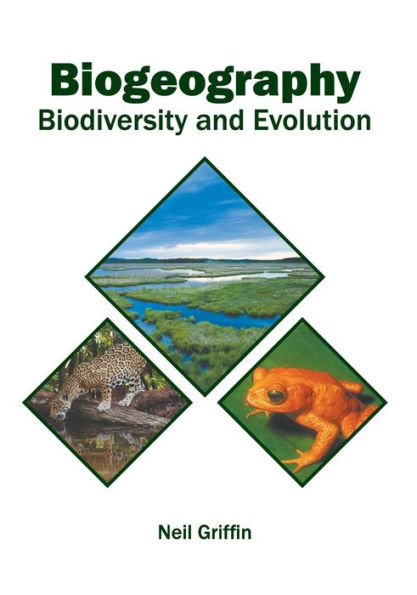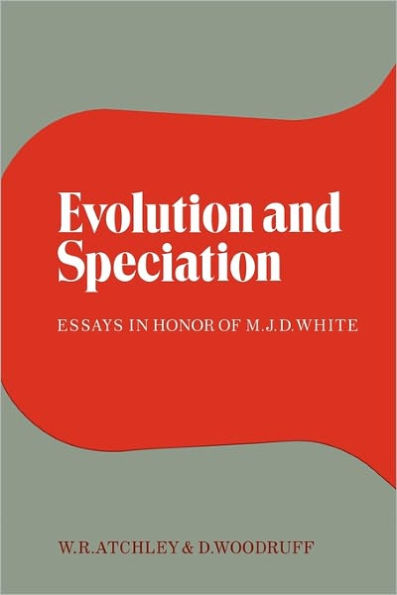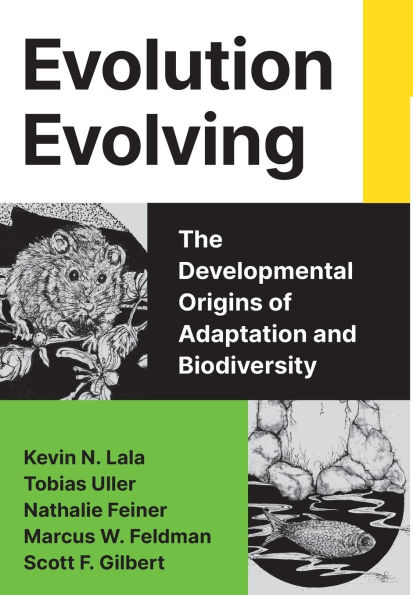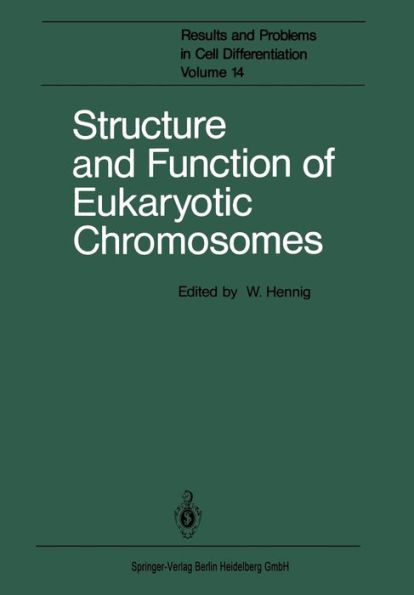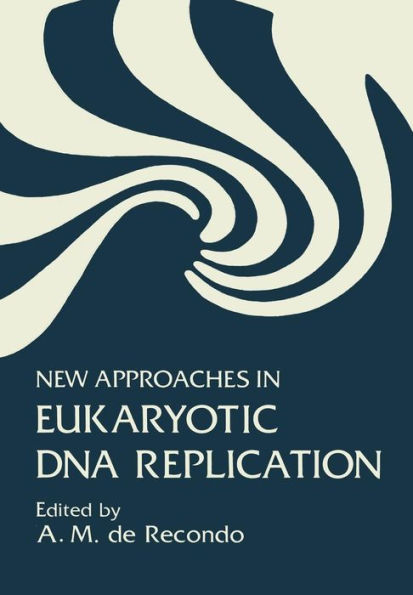Home
Evolution and Speciation Fungi Eukaryotic Biodiversity
Barnes and Noble
Evolution and Speciation Fungi Eukaryotic Biodiversity
Current price: $180.00
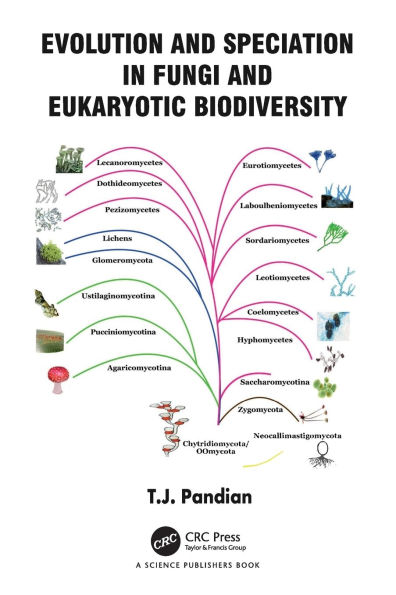

Barnes and Noble
Evolution and Speciation Fungi Eukaryotic Biodiversity
Current price: $180.00
Size: Hardcover
Loading Inventory...
*Product information may vary - to confirm product availability, pricing, shipping and return information please contact Barnes and Noble
Being sessiles like autotrophic plants and heterotrophics as animals, fungi are fascinating eukaryotes. In them, the need for external digestion has demanded surface expansion and limited tissues to < eight types. To reproduce, 96% fungi engage spores. Being 800 times denser than air, water renders the spore dispersal costlier. Their externally excreted digestive enzymes may rapidly be dissolved in water. These have limited 96% fungi to land. As 90% fungi are clonals, and only 1,400 species are erected/y (year), their number may not exceed 260,000 species over the next 100 y. Mating types arising from homothallic basidium and their risky external fertilization in air have limited diversity to 23,975 species in Basidiomycota. Contrastingly, heterothallism and safer internal fertilization have accelerated it to 77,083 species in Ascomycotina. About 46, 40 and 14% fungi are decomposers, parasites and symbionts. Fungal ability to decompose in dry soil is 10 times greater than that of bacteria. Volume of dead plants decomposed by fungi is ~ 38 g carbon/m
2
/y. The mycorrhizas facilitate 85% angiosperms to acquire water and minerals, enhance productivity and fight against drought and pollutants. During the geological past, lichens have weathered rock and formed the present landscape. Only 121 fungal species excrete digestive enzymes to meet industrial demand. The beneficial fungi contribute 1,000 billion US$. Parasitic fungi cause 1.6 million human deaths and > 20% loss of commercial crops. Despite their ecological and economic importance, no university offers a degree course in Mycology. For 2,056,907 eukaryotic species, this book elaborates the role played by environmental factors (i) spatial distribution, (ii) light-temperature, (iii) precipitation-liquid water and biological attributes, (iv) cellularity, (v) symmetry, (vi) clonality, (vii) sexuality, (viii) modality and (ix) motility that either accelerate or decelerate biodiversity. About 20 and 80% eukaryotes are aquatics and terrestrials. Decreasing light intensity and temperature reduce diversity from the equator toward the polar zones. Water availability also reduces the diversity from 5.4 - 65.5 species/km
in tropical evergreen forests to < 0.0045 species/km
in deserts and polar zones. Unicellularity and radial symmetry decelerate the diversity to < 2 and < 26%, respectively. Increase in tissue types from < nine in lower eukaryotes to > 200 in mammals reduces clonality from 100 to 0%. Strategies developed by eukaryotes reduce selfing by < 24% in plants and < 1% in metazoans.
2
/y. The mycorrhizas facilitate 85% angiosperms to acquire water and minerals, enhance productivity and fight against drought and pollutants. During the geological past, lichens have weathered rock and formed the present landscape. Only 121 fungal species excrete digestive enzymes to meet industrial demand. The beneficial fungi contribute 1,000 billion US$. Parasitic fungi cause 1.6 million human deaths and > 20% loss of commercial crops. Despite their ecological and economic importance, no university offers a degree course in Mycology. For 2,056,907 eukaryotic species, this book elaborates the role played by environmental factors (i) spatial distribution, (ii) light-temperature, (iii) precipitation-liquid water and biological attributes, (iv) cellularity, (v) symmetry, (vi) clonality, (vii) sexuality, (viii) modality and (ix) motility that either accelerate or decelerate biodiversity. About 20 and 80% eukaryotes are aquatics and terrestrials. Decreasing light intensity and temperature reduce diversity from the equator toward the polar zones. Water availability also reduces the diversity from 5.4 - 65.5 species/km
in tropical evergreen forests to < 0.0045 species/km
in deserts and polar zones. Unicellularity and radial symmetry decelerate the diversity to < 2 and < 26%, respectively. Increase in tissue types from < nine in lower eukaryotes to > 200 in mammals reduces clonality from 100 to 0%. Strategies developed by eukaryotes reduce selfing by < 24% in plants and < 1% in metazoans.
